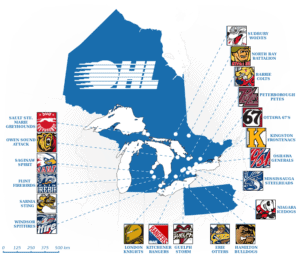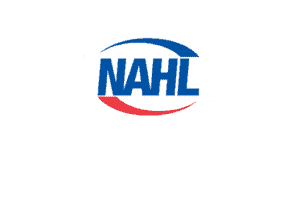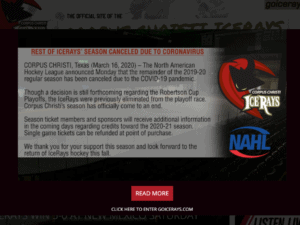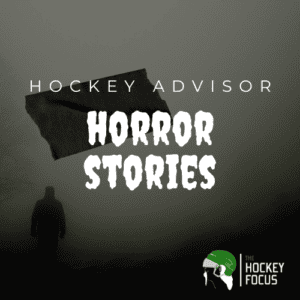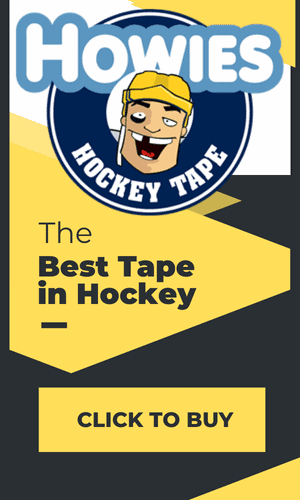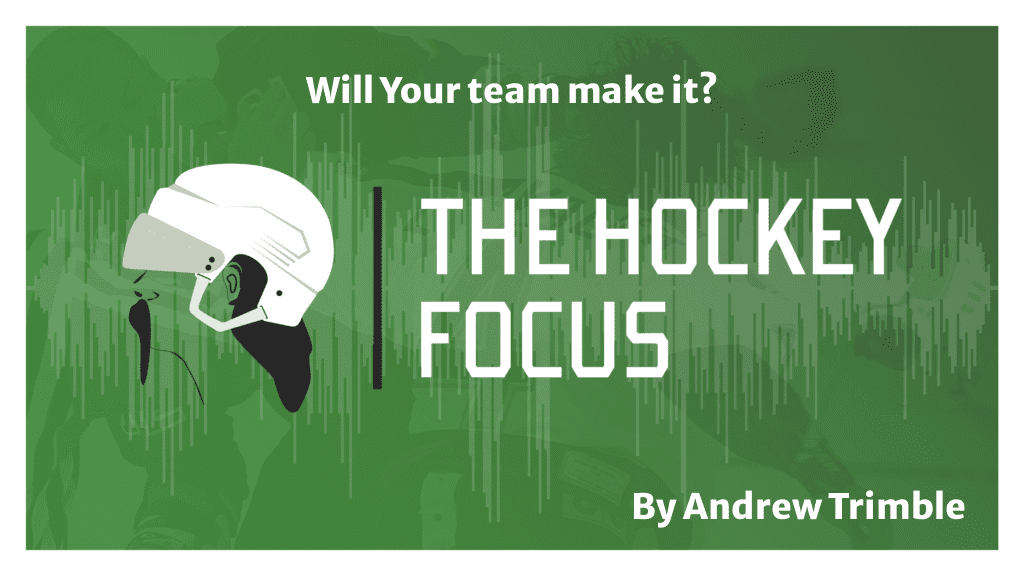
We’ve all read Horror Stories or “Death Pool” stories about teams with either inflated or shrunken roster sizes. For parents and players, this time of the year can be a time of great excitement as they enter their host family or join their team, but soon realize that much of what they were promised upon signing is not coming to fruition.
Many operators run their organization under a strict adherence to the protected list and roster size approved by their respective leagues. This isn’t true for everyone however.
Each league has a cap or limit on the amount of players per team. Some examples include:
USA Hockey Protected Lists are visible here- Protected Lists (usahockey.com)
25- 30 Players depending on the time of the year with certain criteria and deadlines in place.
EHL/ EHLP- 30 players
NCDC/ USPHL- 70 Players NCDC DRAFT RESULTS | USPHL Premier Division
It is my experience that to reach a full roster, teams at the historically younger level Junior leagues (USPHL Elite, EHL Premier, NA3HL) need to heavily focus on recruiting in the winter (January/ February) and early spring as much of their roster will be composed of players either immediately graduating High School or bypassing their Senior year of High School. Players choose between Junior Hockey and College, so once they’ve put a deposit towards college, those players are no longer available. Without 10 players signed by June 15 (or High School end date) it is very difficult to enter Training Camp with a full roster of players, as the signing pace slows further and deeper into the summer months.
Older leagues (NCDC, USPHL Premier, EHL) can realistically sign a large portion of their roster in August and September due to drop offs and cuts from Canadian leagues or the NAHL. This means if they enter Training Camp in Mid- August with 20 players, it is quite conceivable that they could get to 25 by the first puck drop. This does not ring true with those younger leagues, however, as older players want leagues that historically can place them into NCAA hockey.
So if you are one of those teams entering Training Camp now with 15 players at any level, it will be a struggle all year to reach a healthy roster size that accounts and makes up for players departing due to the variety of reasons players leave or can not participate. These reasons include but are not limited to:
- Home Sickness
- Suspensions
- Injuries
- Girlfriends
- Lack of Commitment/ Motivation
On the other end of the spectrum, many established programs over- recruit, bringing in more players than is allowable under the roster guidelines, but not adding those players to the roster or shuffling around their rosters to bring players into their lineup (and out) of their lineup. Mind you, having a roster heavy on age- out players helps with College Commitment numbers, but often is to the detriment of players individual development and mental well-being. Many organizations, will also use players as an additional form of revenue… trading away the excess players on the bottom end of their depth chart for a few thousand dollars a piece.
Two such examples of this roster shuffling is the teams that left the EHL to go to the NCDC (where roster sizes are larger and players still pay to play). Take a look at the 23-24 rosters for the Boston Jr Rangers and the Worcester or Railers Jr Hockey Club:
Boston Jr Rangers- Game Center (easternhockeyleague.org)
Worcester Railers- Game Center (easternhockeyleague.org)
With numbers between 43 or 44 players, each club carried additional players exceeding the 30 man threshold for all or at least portions of the season. Some players (many with 1 to 5 game appearances) were EHL Premier players who earned a call up to the EHL roster or were promised EHL games, then relegated back to the EHL Premier, but not all. At some point or some time during the season, each of these teams (and others with similar numbers) exceeded the roster limit.
Take a look at my organizations roster size (The New England Wolves)- Game Center (easternhockeyleague.org)
The Wolves EHL had 36 players dress in EHL games in 24-25. Yes,this number exceeds 30. Yet, 7 players dressed in 7 or less games ( and another 4 players played in 14 or less). This accounts for the EHL to EHLP roster call ups, players leaving, players coming in, and mid season commitments (One player Mathias Johansen played with the Wolves until Christmas before departing to play Pro in Norway).
Another example is the EHL’s HC Rhode Island– Game Center (easternhockeyleague.org)
HC Rhode Island remained firm in its 25 player limit cap, signing 25 players and never exceeding that threshold.
Junior Hockey is a window of opportunity that closes quickly. If your son has committed to a program, invested his time, energy and resources into pursuing the dream of playing college hockey, then the organization that they have signed with should have the same level of commitment, integrity and dedication to fielding a healthy roster.
Too few players says a lot to your athlete what level of commitment the organization has invested in your players success… but so does too MANY players.
Good luck to all the players and teams beginning their Junior Hockey Training Camps and seasons these coming weeks. We truly wish for everyone to have an amazing season and for all players to reach their goals and aspirations.
By Andrew Trimble
To Purchase Andrew’s new book on coaching, “The Hockey Planner”, click here- The Hockey Planner: A Year by Year Plan to Assist You on Your Hockey Coaching Journey: From Learn to Play to Junior Hockey: Trimble, Andrew: 9781963743388: Amazon.com: Books

